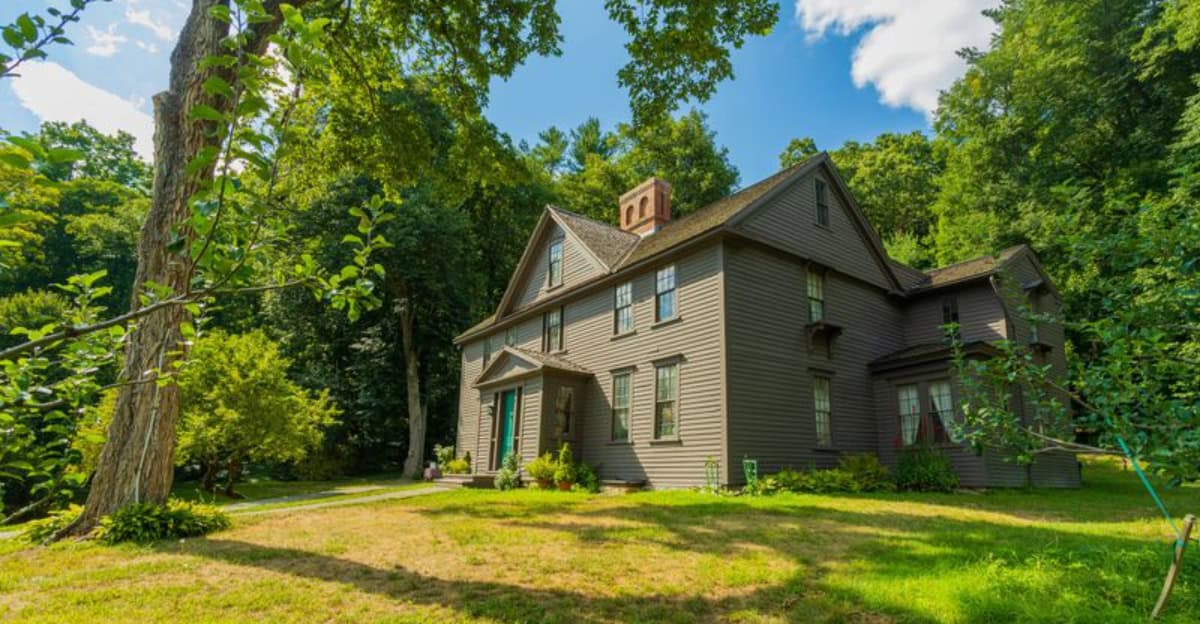Discover the fascinating real-life homes that served as inspirations for some of the most beloved books in literary history.
These homes, rich with history and character, have been immortalized through the imaginative storytelling of their respective authors.
Join us as we explore these iconic abodes and the narratives they inspired, offering a glimpse into the environments that shaped literary classics.
From charming cottages to grand estates, each location is a testament to the power of place in storytelling, providing readers with a deeper connection to the stories they cherish.
1. Jane Austen’s Chawton Cottage
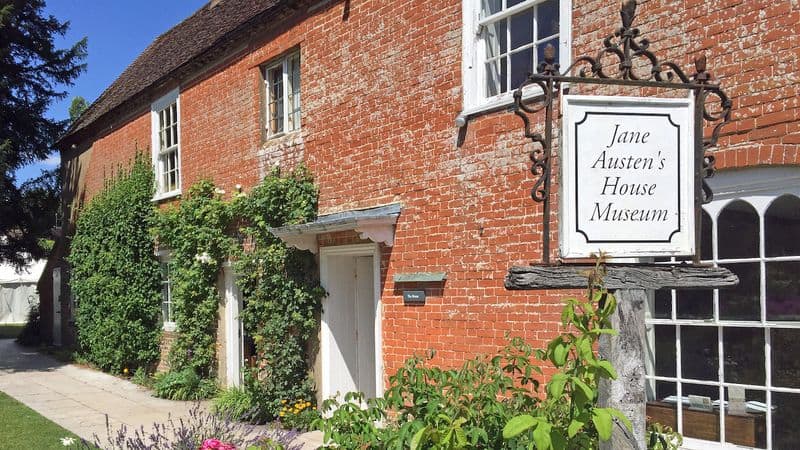
Nestled in the picturesque village of Chawton, this quaint cottage was home to Jane Austen for the last eight years of her life.
Here, she revised ‘Pride and Prejudice’ and penned other timeless classics.
1.1 Jane Austen’s Chawton Cottage
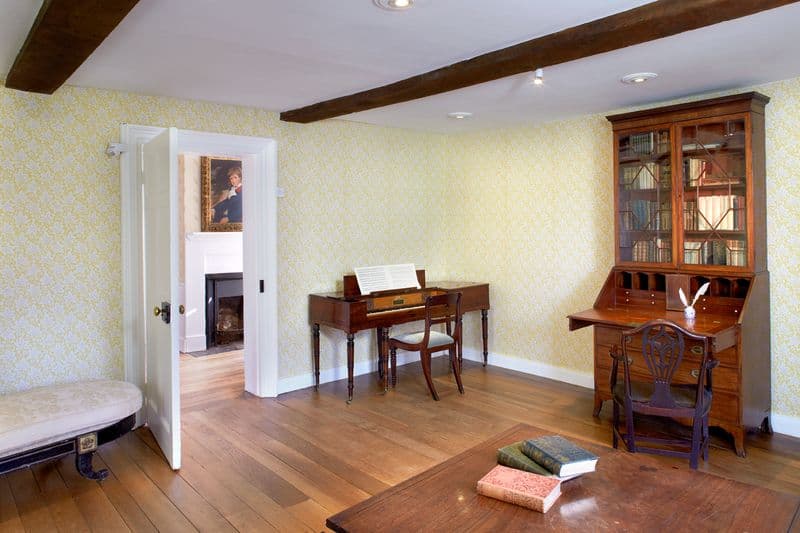
The serene garden and cozy rooms provided the perfect setting for Austen’s sharp observations of social manners. The cottage, now a museum, invites fans to step into Austen’s world.
Visitors can tour the rooms where she lived and worked, offering a tangible connection to her literary genius. Immerse yourself in the tranquility that fueled her creativity, enhancing your appreciation of her work.
2. L.M. Montgomery’s Green Gables
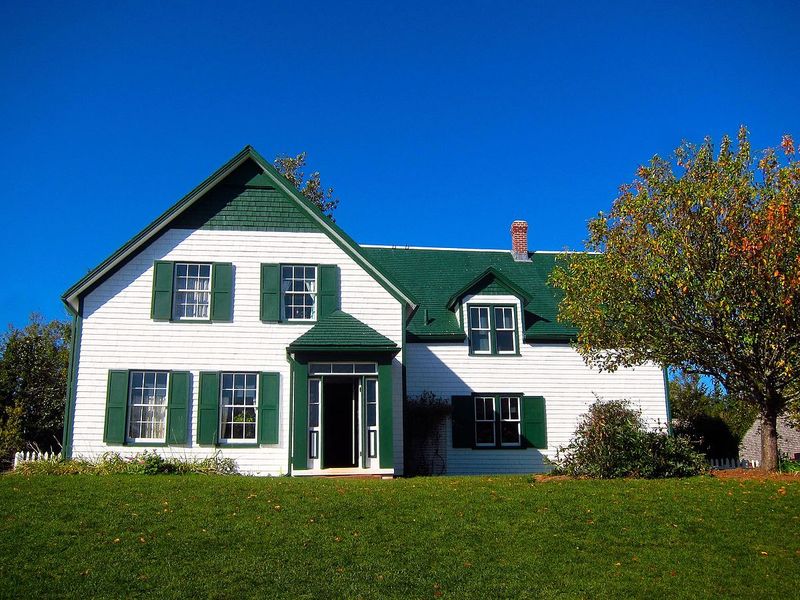
The idyllic Green Gables farmhouse on Prince Edward Island was L.M. Montgomery’s muse for her beloved series about Anne Shirley.
The charming house and its surrounding landscape are vividly brought to life in ‘Anne of Green Gables.’
2.1 L.M. Montgomery’s Green Gables
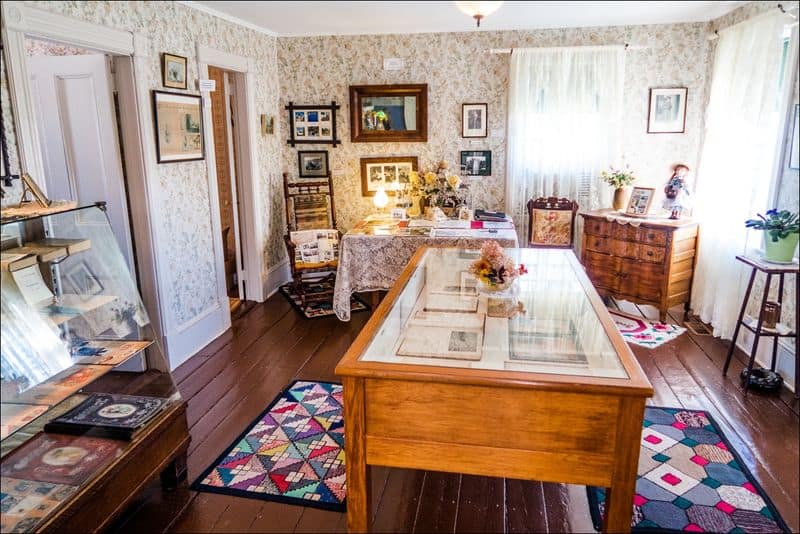
Today, visitors to Prince Edward Island can explore this iconic site and experience the magic that inspired Montgomery’s storytelling.
The property offers a peek into the past, with rooms restored to reflect their historical significance.
Walking through Green Gables, one feels the spirit of Anne’s adventures, making it a must-visit for literature lovers seeking to connect with Anne’s world.
3. Mark Twain’s Hartford House
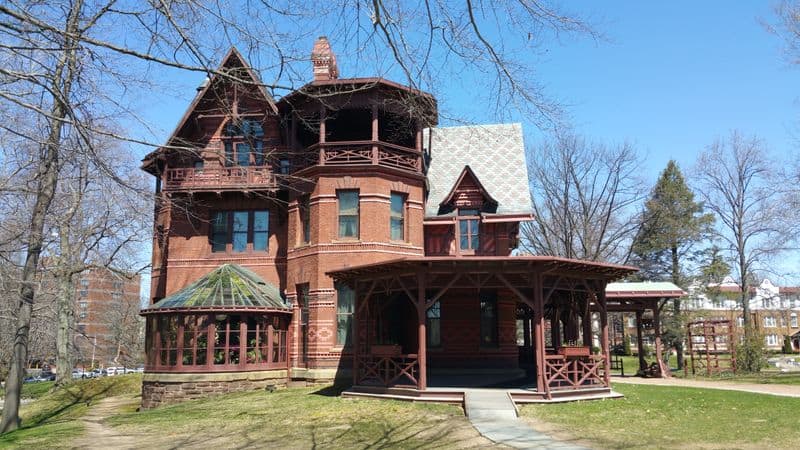
Mark Twain’s Hartford House stands as a testament to the author’s literary legacy. Twain, born Samuel Clemens, wrote many of his famous works in this grand Victorian mansion.
The home, characterized by its elaborate woodwork and grandeur, offers insight into Twain’s life and times.
3.1 Mark Twain’s Hartford House
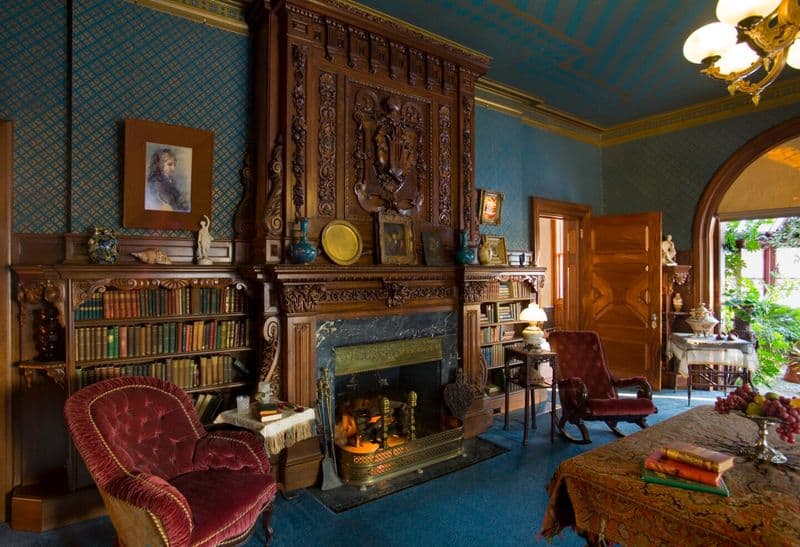
Visitors can explore the rooms where he penned classics such as ‘The Adventures of Tom Sawyer.’ Each room tells a story, capturing the essence of Twain’s creativity.
The house serves not only as a museum but as a window into the world of one of America’s greatest writers, making it an essential stop for fans.
4. Brontë Parsonage Museum
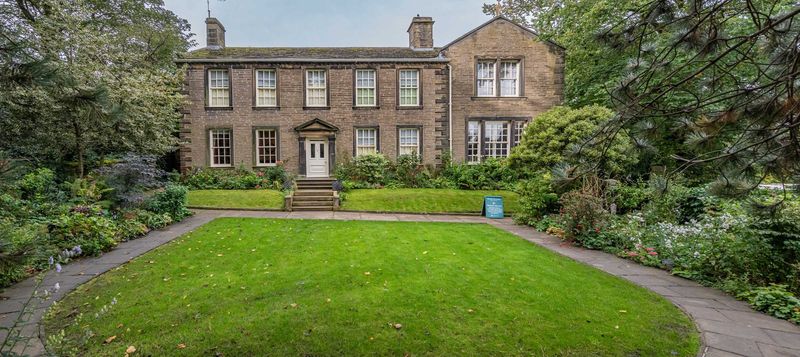
The Brontë Parsonage Museum, located in the heart of the Yorkshire moors, was once home to the illustrious Brontë sisters: Charlotte, Emily, and Anne.
This humble abode inspired the haunting landscapes and complex characters in their novels, including ‘Wuthering Heights’ and ‘Jane Eyre.’
4.1 Brontë Parsonage Museum
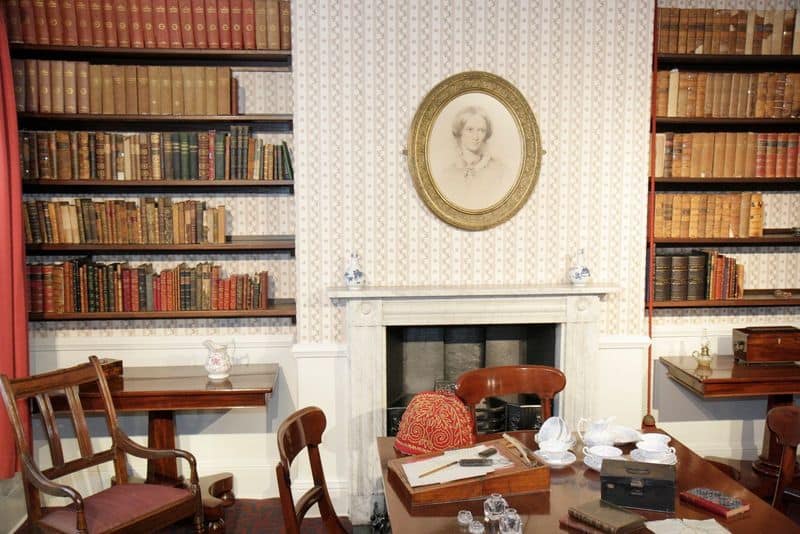
Visitors can delve into the sisters’ lives by exploring their preserved living quarters. The museum offers glimpses of their creative processes and hardships.
Standing in the parsonage, surrounded by moorlands, one can truly appreciate the profound influence of this setting on their literary masterpieces, inviting visitors to experience the ambiance that fueled their genius.
5. Louisa May Alcott’s Orchard House
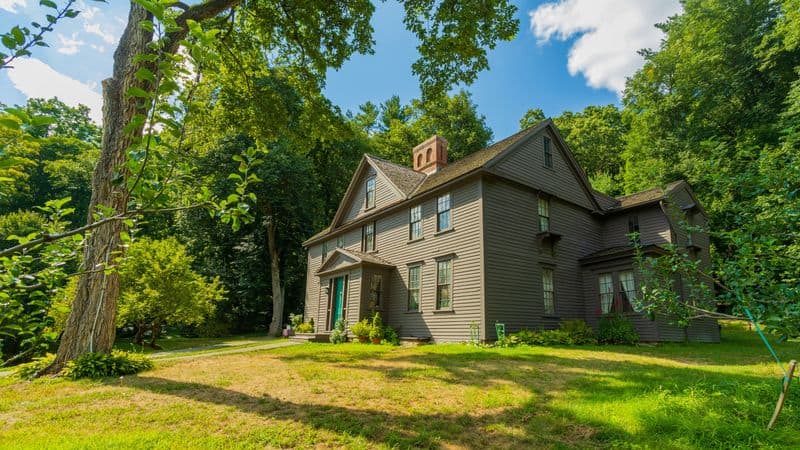
Orchard House, in Concord, Massachusetts, was the family home of Louisa May Alcott and the setting for her beloved novel ‘Little Women.’
This charming New England house, with its modest facade and warm interiors, bore witness to Alcott’s real-life inspirations.
5.1 Louisa May Alcott’s Orchard House
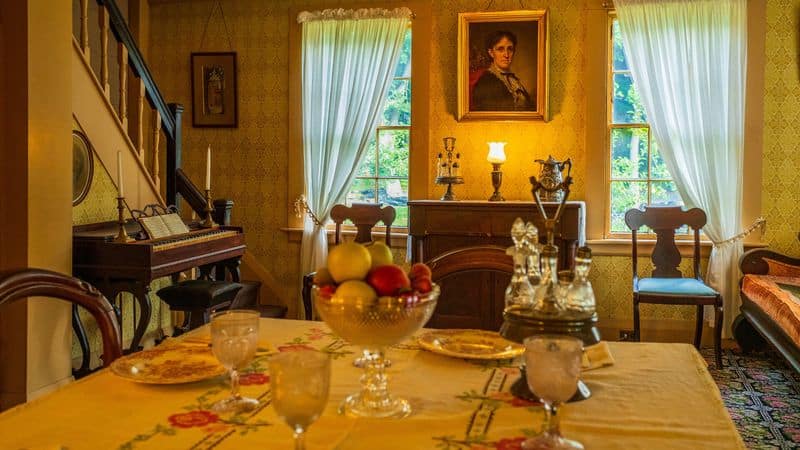
Visitors can explore the rooms where Alcott lived and wrote, gaining insight into the family dynamics that shaped her work.
The museum preserves the house as it was, providing an authentic glimpse into the past.
Walking through Orchard House, one can almost hear the laughter and stories, deepening their connection to Alcott’s enduring classic.
6. Charles Dickens’s Doughty Street House
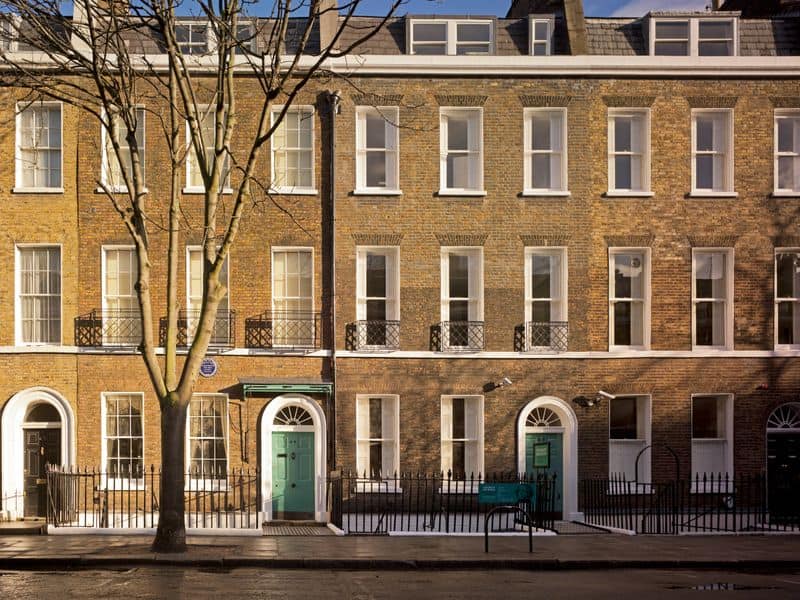
Doughty Street in London housed Charles Dickens during a prolific period of his writing career. Here, Dickens completed works like ‘Oliver Twist’ and ‘Nicholas Nickleby.’
The home’s Victorian architecture and period furnishings offer a window into Dickens’s world. As a museum, it captures the vibrancy and social concerns of Dickens’s era.
6.1 Charles Dickens’s Doughty Street House
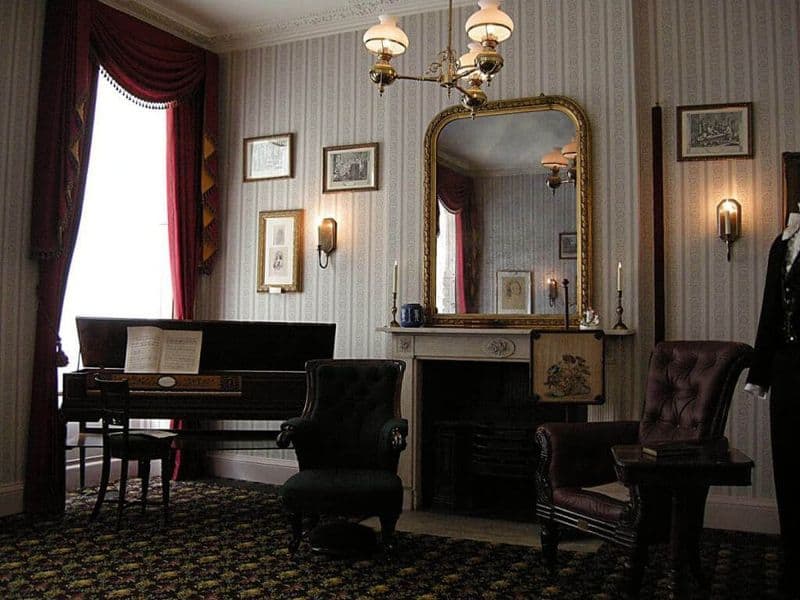
Visitors can wander through rooms that echo with history, from the bustling study to the intimate family spaces.
The house holds personal artifacts that tell the story of Dickens’s life and work, providing a unique opportunity to step into the world of one of literature’s giants.
7. Emily Dickinson’s Homestead
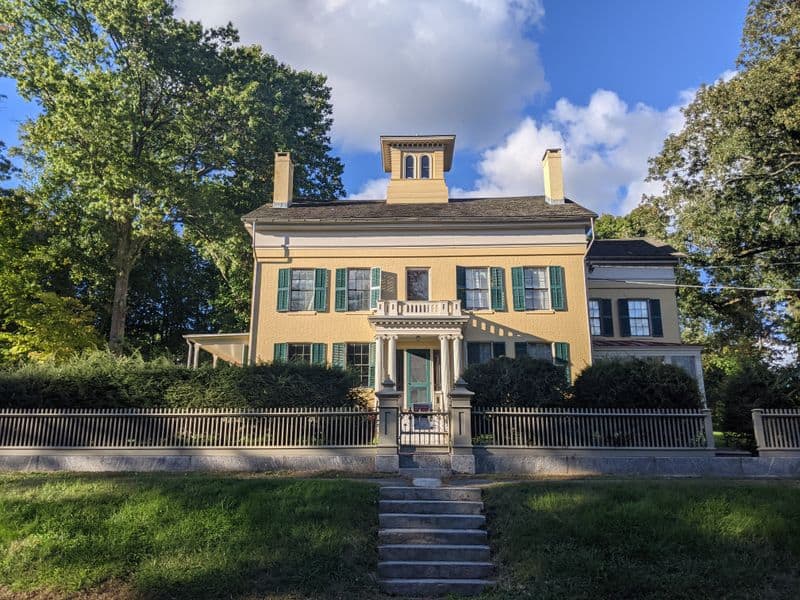
Emily Dickinson’s Homestead in Amherst, Massachusetts, offers a glimpse into the reclusive poet’s life.
This stately home, surrounded by lush gardens, was where Dickinson penned her enigmatic poetry.
Visitors can explore the rooms where she wrote, gaining insight into her creative solitude.
7.1 Emily Dickinson’s Homestead
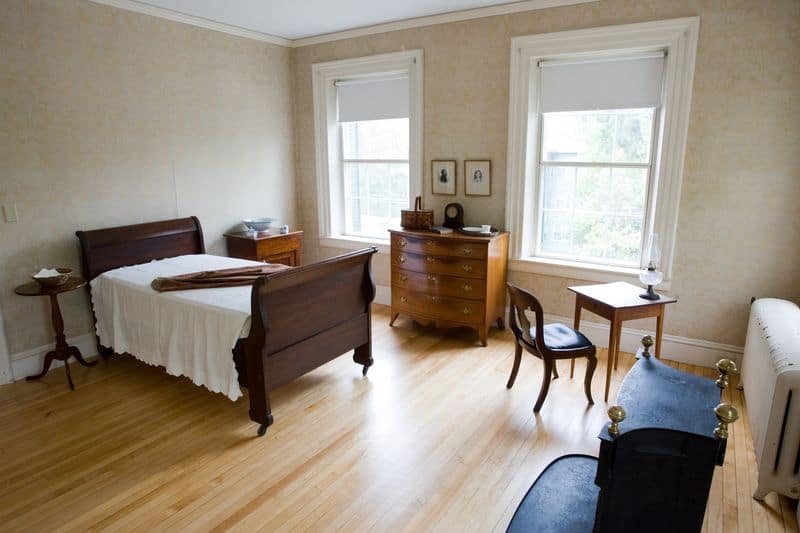
The homestead, now a museum, preserves her legacy and offers a tranquil retreat for poetry enthusiasts. Dickinson’s world comes alive through preserved artifacts and personal items.
Walking through the homestead’s gardens, one can sense the introspection and beauty that permeated her work, inviting visitors to connect with her introspective genius.
8. Beatrix Potter’s Hill Top Farm
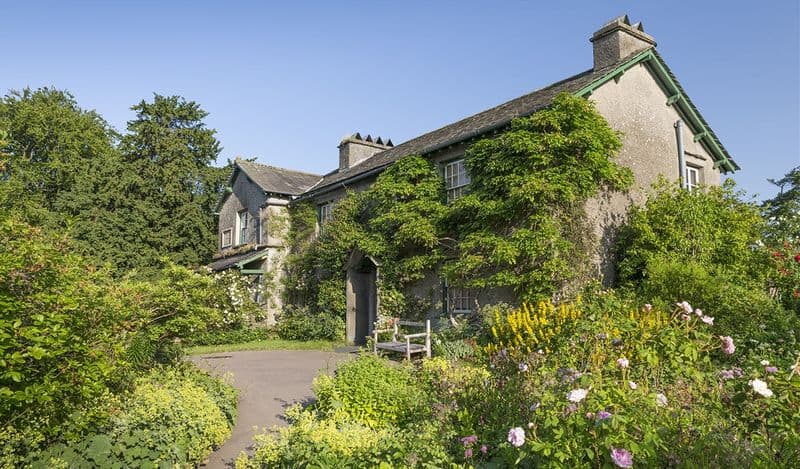
Hill Top Farm, nestled in England’s Lake District, was home to beloved children’s author Beatrix Potter.
The farmhouse, with its cozy interiors and pastoral surroundings, inspired Potter’s enchanting tales.
Visitors can wander through rooms filled with Potter’s personal effects and illustrations, gaining insight into her imaginative world.
8.1 Beatrix Potter’s Hill Top Farm
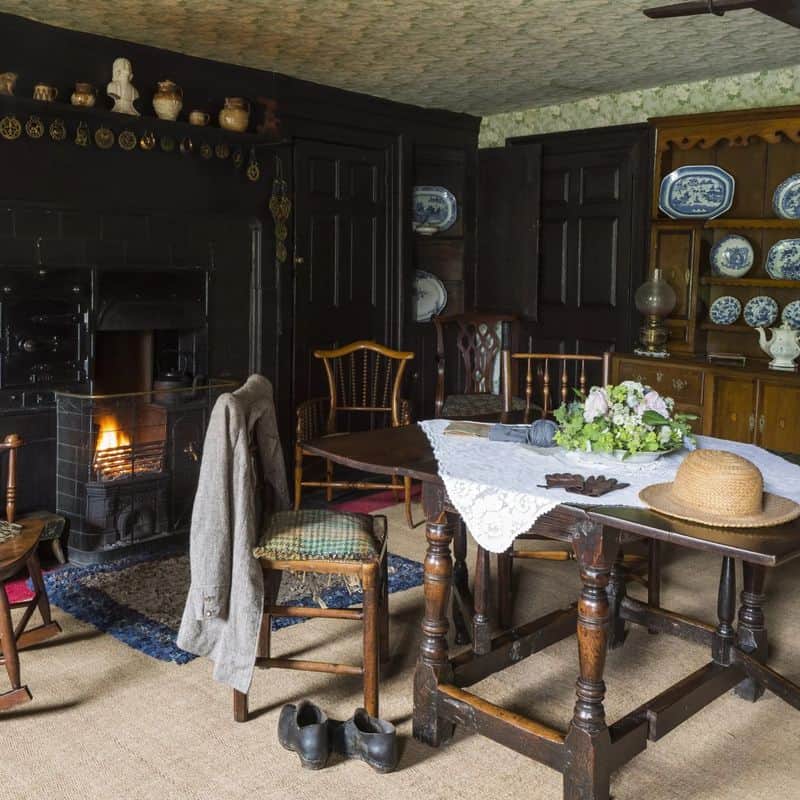
The farm’s gardens and landscapes offer a living tapestry of her stories.
Fans of ‘Peter Rabbit’ and other tales will find the experience enchanting, as the environment that inspired Potter’s creativity unfolds before them, bridging the gap between reality and the whimsical worlds she created.
9. Hemingway’s Key West Home
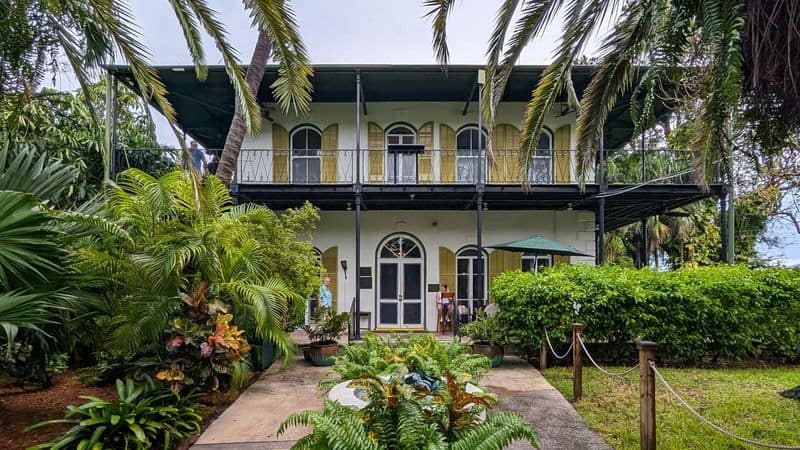
Ernest Hemingway’s Key West home is steeped in history and charm.
This Spanish colonial-style house, surrounded by tropical gardens, was where Hemingway composed some of his most iconic works.
The property, complete with a pool and lush greenery, offers a glimpse into the author’s vibrant life.
9.1 Hemingway’s Key West Home
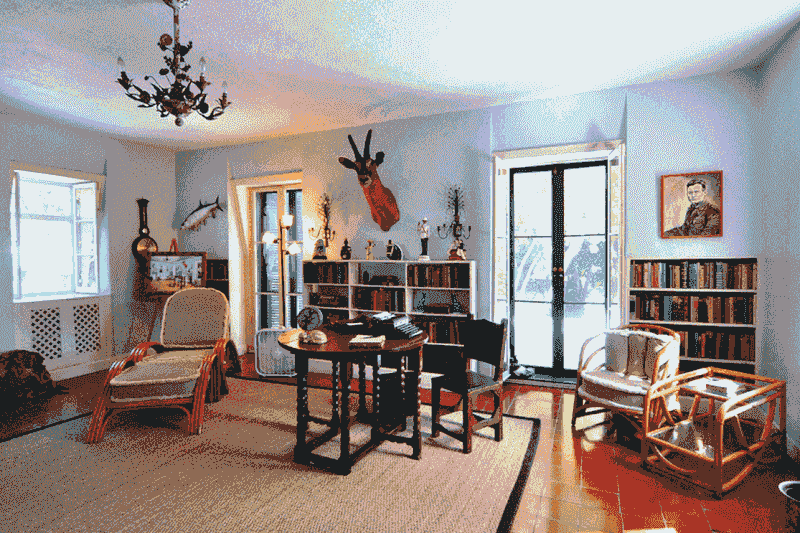
Visitors can explore his writing studio and the rooms filled with memorabilia. The house is preserved as a museum, capturing the essence of Hemingway’s adventurous spirit.
Walking through the gardens, one can imagine Hemingway’s life during the roaring 1930s, connecting with the legacy of one of America’s literary icons.
10. Virginia Woolf’s Monk’s House
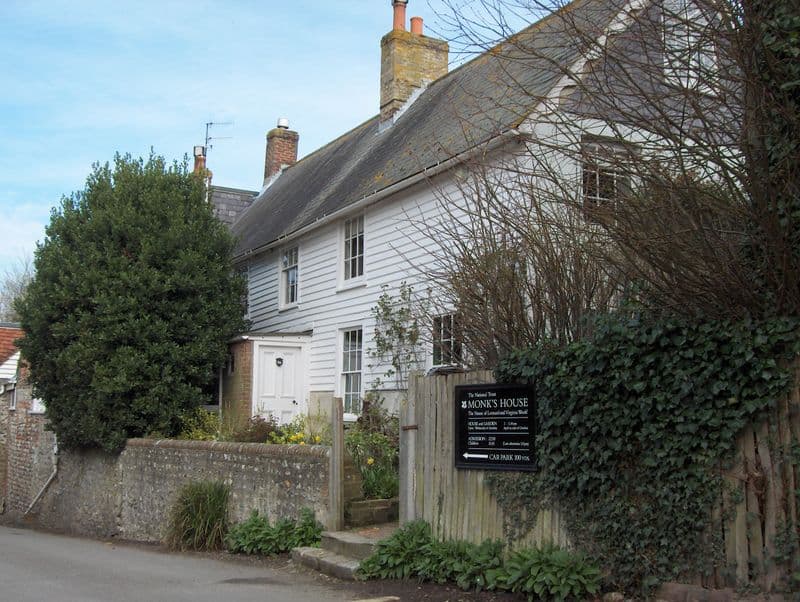
Monk’s House, nestled in the peaceful Sussex countryside, was Virginia Woolf’s cherished retreat.
This quaint cottage, surrounded by vibrant gardens, played host to Woolf’s literary endeavors.
Visitors can explore the rooms where she wrote, gaining insight into her creative process and personal life.
10.1 Virginia Woolf’s Monk’s House
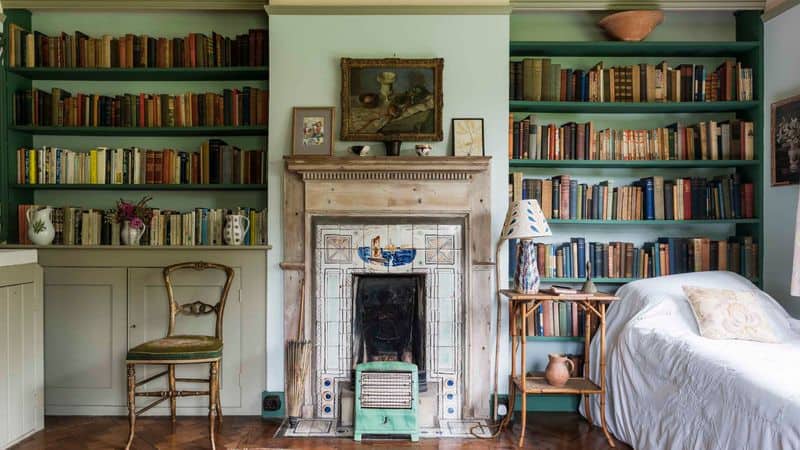
The house serves as a museum, preserving Woolf’s legacy and offering a quiet refuge for fans seeking inspiration.
Walking through the lush gardens and cozy rooms, one can sense the tranquility and intellect that shaped Woolf’s works, fostering a deeper appreciation for her contributions to modern literature.

